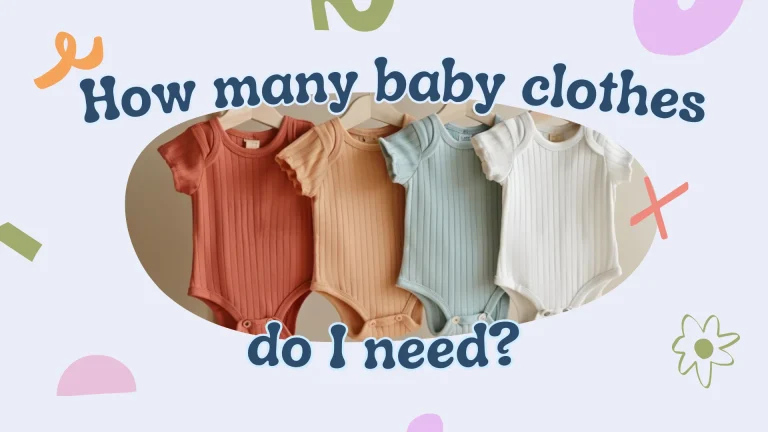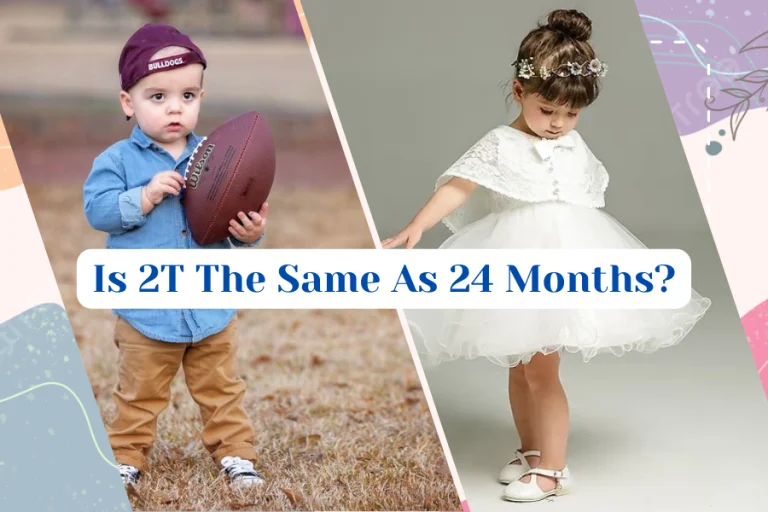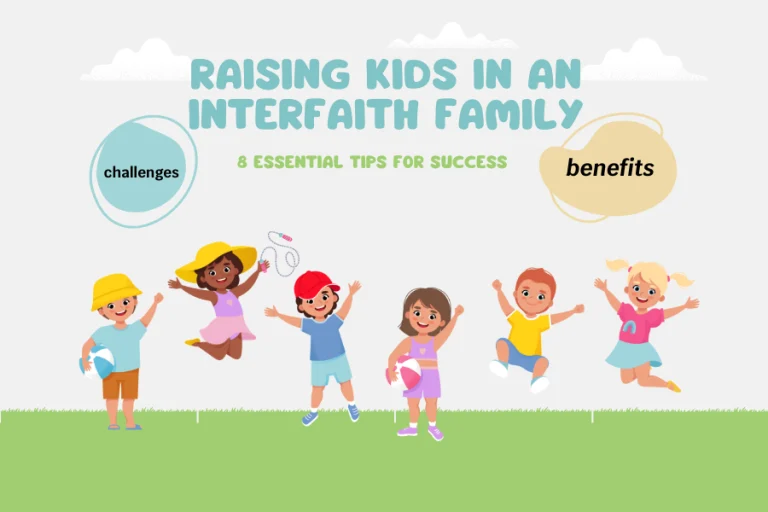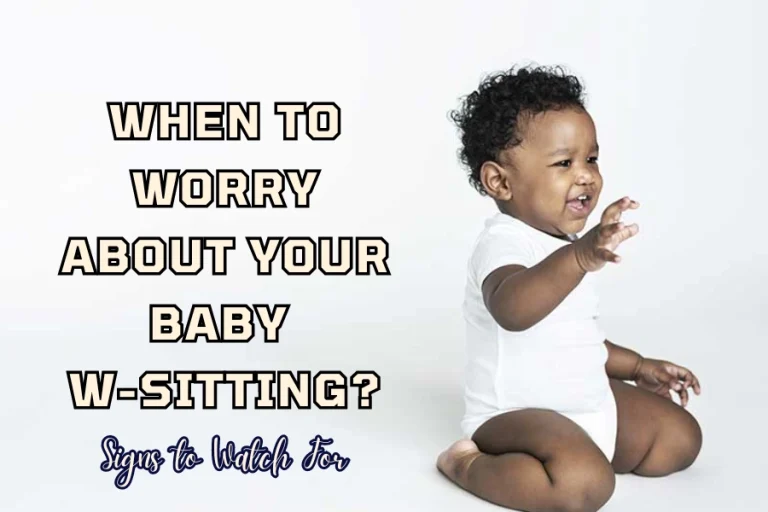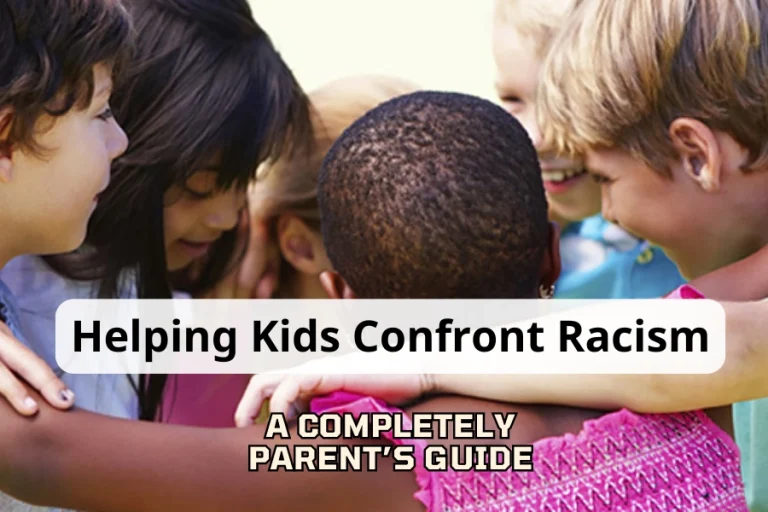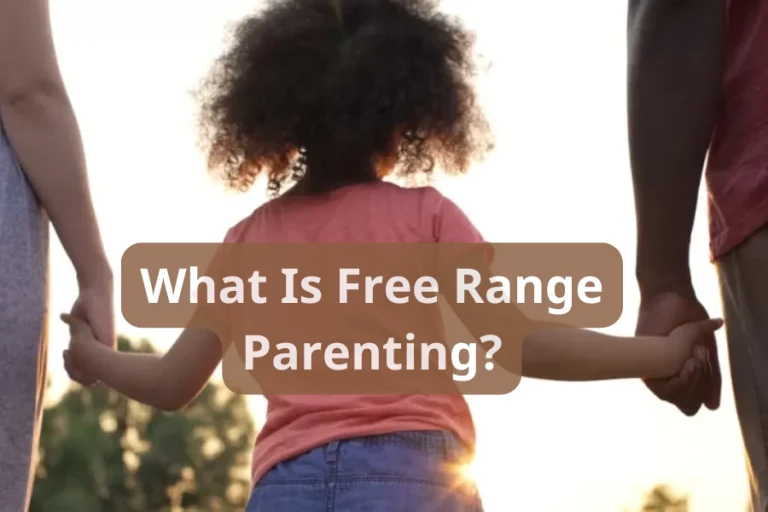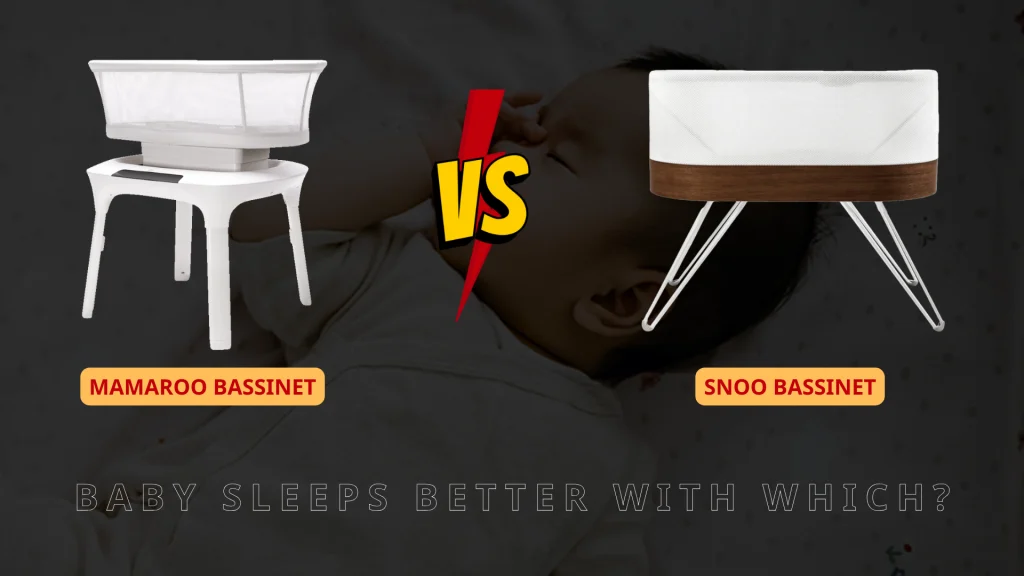
What concerns you most during your baby’s infancy? Most parents would say sleep deprivation. Sleep is crucial for both the baby and their parents. Imagine holding your baby all night to soothe them… How exhausting it is! But don’t worry, modern sleep aids are available. Snoo vs MamaRoo bassinets are the top choices for this case.
In fact, newborns cannot distinguish between day and night. They often have short sleep cycles of 20-50 minutes. Before 3 months old, they frequently wake up at night1. They cry and demand to be fed. Many parents mistakenly hold their baby until they sleep or stop crying. This can create a hard-to-break habit. Let’s consider the Mamaroo bassinet vs Snoo as a solution. Both help your baby sleep long and well in different ways. Learn more in the article below!
Do children need a bassinet?
Of course, yes, a bassinet is a must-have in any baby essentials checklist. After concerns about how many clothes, and how many bibs, finding a bassinet that helps soothe the baby to sleep easily becomes a top priority for parents.
Why should traditional soothing methods be phased out? Traditional methods involve rocking the baby on the mother’s shoulder or cuddling them close to the father’s chest. This creates familiarity with warmth, breathing rhythm, and movement. Over time, babies may struggle to sleep well if always rocked to sleep and then placed in a bassinet. Moreover, parents or caregivers cannot hold the baby all day, as babies sleep for 12-16 hours of sleep a day. Holding a baby while drowsy can be unsafe. Therefore, after the first 4-6 weeks of comforting the baby in arms, it should encourage baby to sleep in a bassinet. The Snoo or MamaRoo bassinets are smart choices with soothing rhythms. In the long term, babies could build their self-soothing skills as well as independent sleep habits.
Related: How many baby clothes do I need?
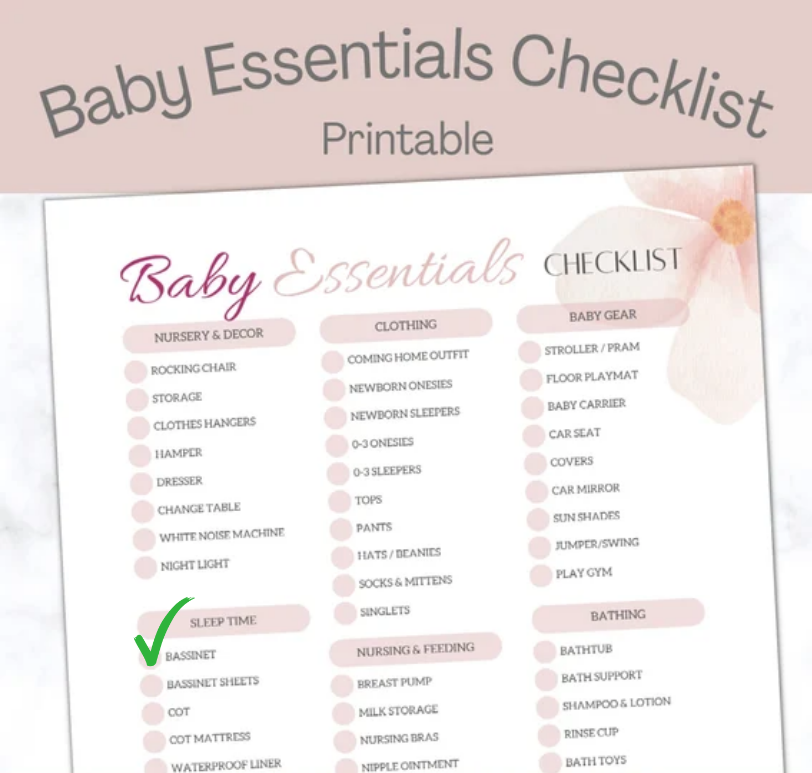
“If your baby has only slept on an adult, by six months, they will know this is the only way to nap and will become quite upset when you attempt to deviate from the norm.” – Alexis Dubief, baby sleep consultant and author of Precious Little Sleep, concluded2.
According to Dubief’s strategy, moving the baby from your body to the bassinet is possible. Parents can trick the baby by warming the bassinet with a warm water bottle. After 5-7 minutes, place the baby in and remove the bottle. Alternatively, parents can massage the baby to help them relax and fall asleep. Many people also hold a hand on the baby’s belly and keep it there until they sleep.
Deep Comparison between Snoo vs MamaRoo Bassinet
Great, now you deeply understand the essentials of a bassinet. The growing market for baby products has increased demand and variety. Here is a comparison between Mamaroo bassinet vs Snoo, which are currently popular:
Similarities
- Automated Soothing
Both the Snoo and MamaRoo bassinets offer automated soothing features to help babies sleep. They utilize motion and sound to calm the baby, making it easier for parents to manage sleep routines. These features are designed to mimic natural movements and sounds that are comforting to infants.
- App Control
Each bassinet can be controlled via a smartphone app. This allows parents to adjust settings and monitor their baby’s sleep remotely. The app control feature provides convenience and flexibility, enabling parents to make real-time adjustments without disturbing the baby.
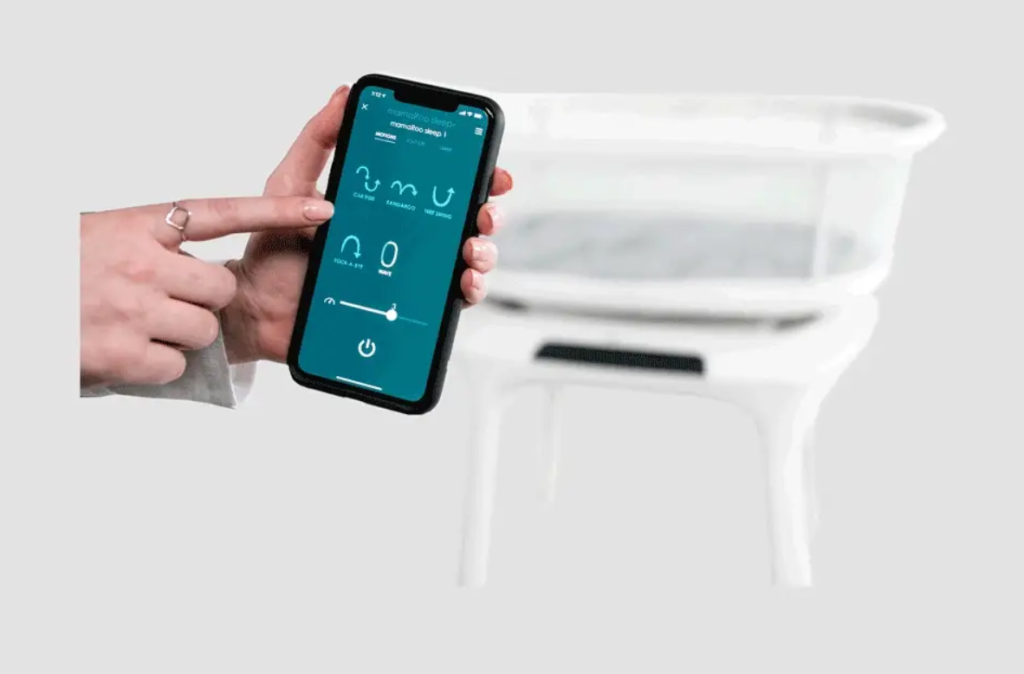
- Built-in Sounds
Both the Snoo and MamaRoo bassinets come with built-in sound options, including white noise. These sounds create a soothing sleep environment that helps babies fall asleep and stay asleep longer. The variety of sound options allows parents to choose what works best for their baby.
- Adjustable Settings
The Mamaroo bassinet vs Snoo allows parents to adjust the intensity and type of motions. This customization helps parents find the best combination of movements and sounds to soothe their baby effectively. The ability to tailor these settings ensures a more personalized sleep experience for the infant.
- Safety and Comfort
Designed with safety and comfort in mind, both Snoo vs Mamaroo bassinet offer a secure and cozy sleeping space for infants. They include features that ensure the baby’s safety while providing a comfortable environment conducive to better sleep. This focus on safety and comfort is a key aspect of their appeal to parents.

- Modern Design
The Snoo vs Mamaroo bassinet features a sleek, modern design that fits well with contemporary home decor. Their aesthetic appeal, combined with their functional features, makes them attractive choices for modern parents looking for stylish yet practical baby sleep solutions.
Differences between Snoo vs Mamaroo Bassinet
- Mechanism of Operation
Snoo: Automatically rocks, swaddles, and white noises to soothe babies to sleep. The Snoo will automatically respond to the baby’s cries with increased motion and sound. In the survey from Jasraaj K. Singh and Samuel Menahem, the Snoo bassinet has been proven to effectively reduce babies’ crying and help them sleep better3.
MamaRoo: Mimics natural infant movements like rocking, bouncing, and swaying. MamaRoo requires manual adjustments via an app.
- Design
Snoo: Sleek, modern design with a mesh smart bassinet and a fitted sheet. Snoo features a built-in swaddle system to keep the baby secure.
MamaRoo: Curved, ergonomic design with a soft, breathable seat. It has adjustable height and various motion settings. Besides, MamaRoo has a built-in toy arm for attaching infant toys.
- Features
Snoo: Motion, white noise, swaddling, and a smart sleep monitor. The Snoo app allows parents to track their baby’s sleep and adjust settings.
MamaRoo: Motion, white noise, and four or five different speeds. MamaRoo can be controlled with a smartphone or tablet via Bluetooth. Some MamaRoo will offer unique sound options.
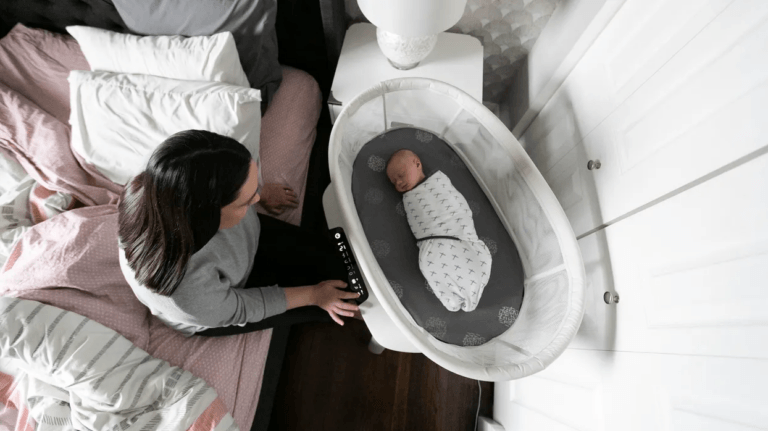
- Price
Snoo: Snoo costs approximately $1,695 (high-end).
MamaRoo: Its cost is more affordable, priced around $350 (mid-range).
Carefully consider
With the above comparisons of Snoo vs Mamaroo bassinet, have you made your decision? If not, let us help you by summarizing their pros and cons:
| PROS | CONS | |
| Snoo bassinet | – Safety First: The integrated swaddle system is designed to prevent rolling, which can reduce the risk of SIDS. – Customizable Settings: Adjust motion and sound levels via the app. – Responsive: Automatically adjusts to the baby’s cries. | – Price: High cost, which can be a significant factor for many parents. – Dependency: Some parents worry that babies might become too dependent on the motion and noise to sleep. |
| MamaRoo bassinet | – Versatile Motions: Variety of motion settings to find what works best for your baby. – Integrated Sound Options: Built-in sounds or your own music can be played to soothe the baby. – Price: Generally more affordable than the Snoo. | – No Swaddle System: Does not include an integrated swaddle system, which means it might not be as secure in preventing the baby from rolling over. – Manual Adjustment: Does not automatically respond to the baby’s cries; requires manual adjustment via the app or controls. |
Renting instead of buying
Choosing a high-end smart bassinet with many features can be challenging for parents. The high cost is a concern, especially for short-term use, from birth until the baby starts rolling over or pushing up. Renting a Snoo vs MamaRoo bassinet is cost-effective for short-term use.
Newborns quickly outgrow bassinets within 4-6 months. After that, return the bassinet to release space and reduce clutter. It is also environmentally friendly reducing waste and product demand. Renting offers access to high-quality products that might be otherwise unaffordable. On the other hand, renting looks like a trial before committing to a purchase. This ensures it meets your needs.
Distinguish between bassinet and crib
Besides the comparison of Snoo vs Mamaroo bassinet, some parents are still confused about bassinets and cribs. This leads to buying the wrong items at the wrong time and wasting money. Let us distinguish for you:
| Criteria | Bassinet | Crib |
| Age | Suitable for newborns up to about 4-6 months or until they start rolling over or pushing up. | Suitable for infants up to toddlers, generally from birth to about 3 years or older. |
| Size and Portability | Bassinets are smaller and more compact. They are lightweight and often come with wheels or handles, making them easy to move around the house. | Cribs are larger and provide more space for the baby to grow. Heavier and less portable, designed to stay in one place. |
| Design & Features | Usually have lower, more breathable raised sides. Some models have rocking or vibrating features to soothe the baby. | Have high, fixed sides to prevent the baby from climbing out. Many cribs can convert into toddler beds, daybeds, or even full-sized beds, offering longer-term use. |
| Placement | Ideal for keeping close to the parent’s bed and is often used for room-sharing. | Typically placed in the baby’s room or nursery. |
| Price | Generally less expensive due to smaller size and simpler design. | More expensive due to their larger size and more durable materials. |
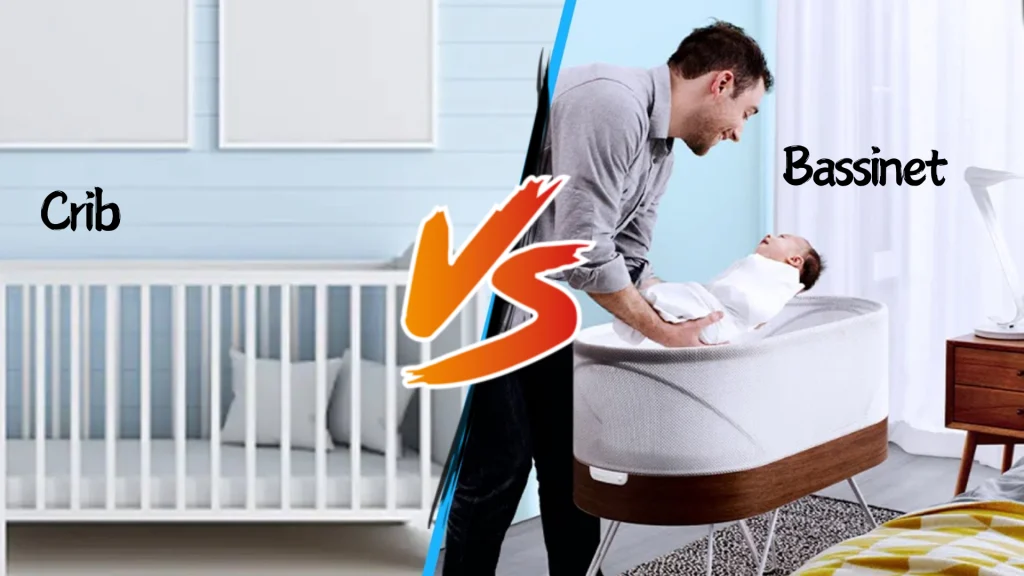
Final thought
In conclusion, choosing between Snoo vs MamaRoo bassinet depends on your needs and preferences. The Snoo offers advanced automated soothing and a built-in swaddle system. It’s ideal for parents seeking a high-tech, responsive solution for sleep. The MamaRoo sleep bassinet provides versatile motion settings and is more affordable. It’s great for those wanting effective features at a lower cost. Both smart bassinets promote better sleep for babies. Consider budget, convenience, and safety to make the best choice for your family!
Sources
- Department of Health & Human Services (2019) Typical sleep behaviour (1) – newborns 0 to 3 months, Better Health Channel. Available at: https://www.betterhealth.vic.gov.au/health/healthyliving/typical-sleep-behaviour-nb-0-3-months ↩︎
- Letting your baby nap in your arms isn’t a bad habit – today’s parent. Available at: https://www.todaysparent.com/baby/baby-only-sleeps-when-held-not-a-bad-habit ↩︎
- Singh, J.K. and Menahem, S. (2023) The Five ‘s’s’ and the ‘snoo’ smart sleeper-non-pharmacological interventions (NPI) to promote sleep and reduce crying of infants: A scoping review, Translational pediatrics. Available at: https://www.ncbi.nlm.nih.gov/pmc/articles/PMC10485641/ ↩︎

